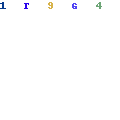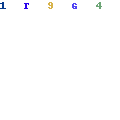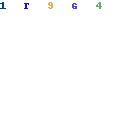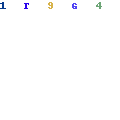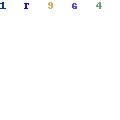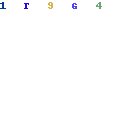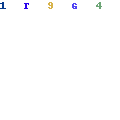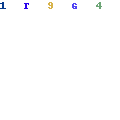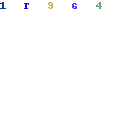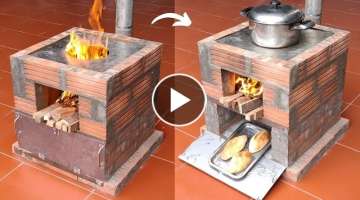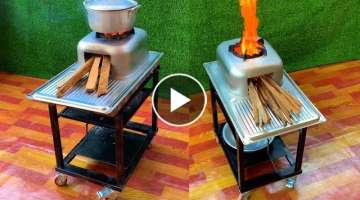Best Tractors
Using state-of-the-art technology, a well-maintained combine harvester operated effectively in a mature crop, can attain clean grain recoveries of 99 % – a remarkable achievement! Work rates in excess of one hectare (10 000 m 2 ) per hour are readily achievable with two operators, one to drive the combine, the other to drive a tractor-trailer or a truck into which the combine periodically empties its grain for transportation to the farm granary or direct to the local grain merchant or storage facility.Alternatively, it may be applied on the surface of the ground or crop (e.g. grass) using a tractor mounted centrifugal spinner or oscillating spout type applicator where the fertilizer is broadcast rather than placed in rows. Aerial application of fertilizers may also be used in locations inaccessible to tractors, as described in Fertilizer Applicators and Plant Protection Equipment (EOLSS on-line, 2002). Both pressurized (typically using ammonia) and nonpressurized liquid fertilizer applicators are also described. Protection of plants from diseases and pests is normally achieved by atomizing a liquid formulation containing the active pesticide ingredient through a small nozzle under pressure and spraying onto, beside or beneath the crop canopy, or by using granular pesticide applicators.
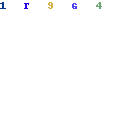
Sponsored
Using state-of-the-art technology, a well-maintained combine harvester operated effectively in a mature crop, can attain clean grain recoveries of 99 % – a remarkable achievement! Work rates in excess of one hectare (10 000 m 2 ) per hour are readily achievable with two operators, one to drive the combine, the other to drive a tractor-trailer or a truck into which the combine periodically empties its grain for transportation to the farm granary or direct to the local grain merchant or storage facility.Alternatively, it may be applied on the surface of the ground or crop (e.g. grass) using a tractor mounted centrifugal spinner or oscillating spout type applicator where the fertilizer is broadcast rather than placed in rows. Aerial application of fertilizers may also be used in locations inaccessible to tractors, as described in Fertilizer Applicators and Plant Protection Equipment (EOLSS on-line, 2002). Both pressurized (typically using ammonia) and nonpressurized liquid fertilizer applicators are also described. Protection of plants from diseases and pests is normally achieved by atomizing a liquid formulation containing the active pesticide ingredient through a small nozzle under pressure and spraying onto, beside or beneath the crop canopy, or by using granular pesticide applicators.
Sponsored

